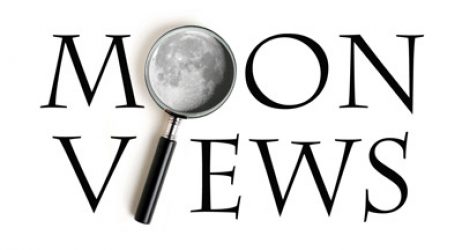
1966; Boeing employees manning a tracking station near Madrid. From left, Les Kaldor, Jim Currier, Don Fries, Andy Andreas Have, Pat Fiest and Jack Keith, Bendix engineer.
Larger image

In foreground: Pat Fiest, left, and Don Fries, both Boeing engineers from Seattle. At rear, from left, Les Holgersen, Les Kaldor and John Graham.
Larger image











 The Lunar Orbiter 1 robotic (unmanned) spacecraft, part of the Lunar Orbiter Program, was designed primarily to photograph smooth areas of the lunar surface for selection and verification of safe landing sites for the Surveyor and Apollo missions. It was also equipped to collect selenodetic, radiation intensity, and micrometeoroid impact data.
The Lunar Orbiter 1 robotic (unmanned) spacecraft, part of the Lunar Orbiter Program, was designed primarily to photograph smooth areas of the lunar surface for selection and verification of safe landing sites for the Surveyor and Apollo missions. It was also equipped to collect selenodetic, radiation intensity, and micrometeoroid impact data.





